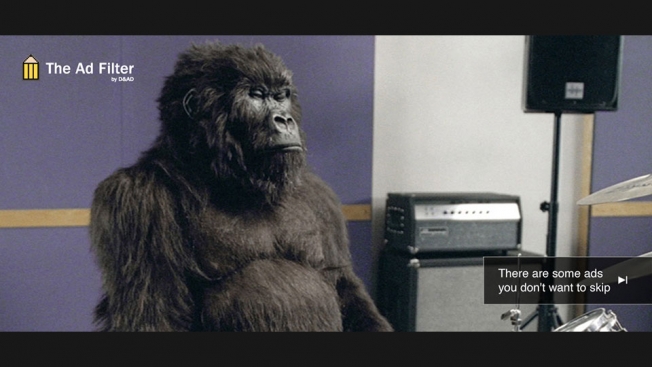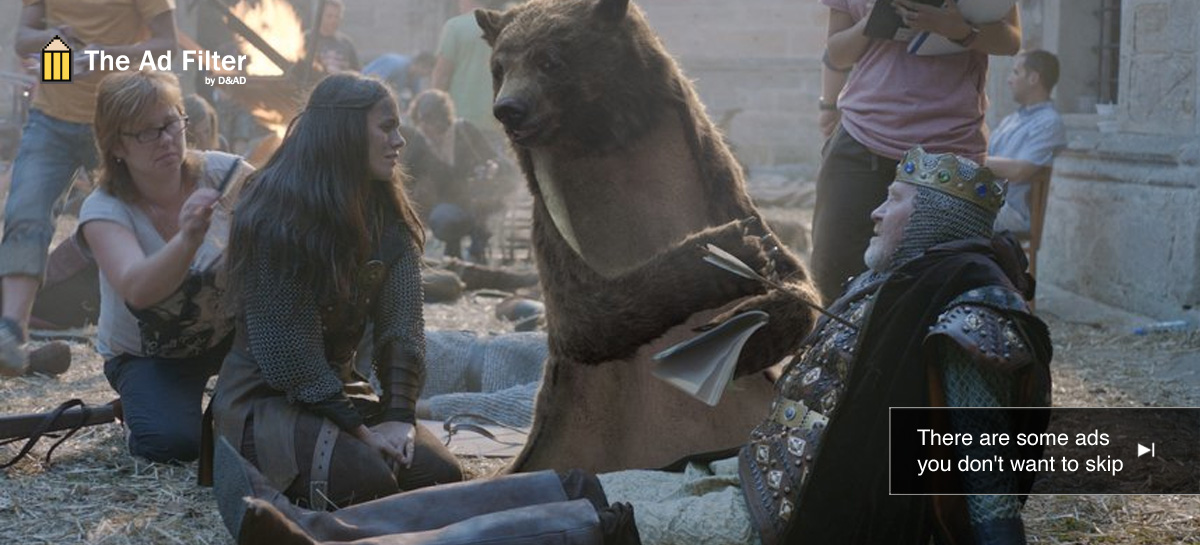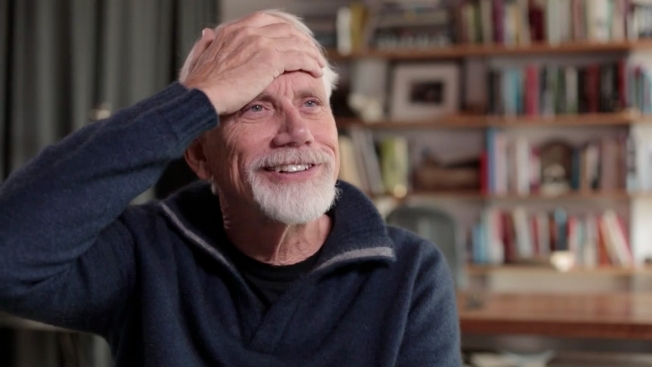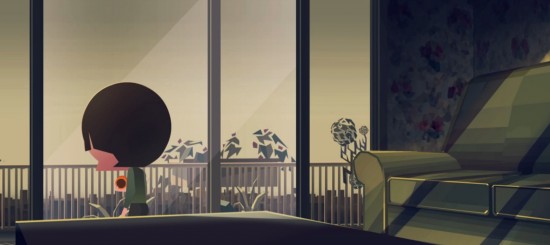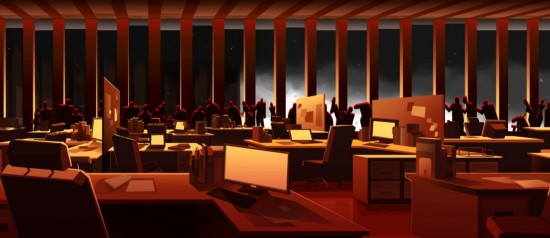Sujata Keshavan
Chairperson: Ray+Keshavan/Brand Union
Judge, Branding, D&AD awards 2014.
What does your role as a D&AD judge entail?
The D&AD awards are highly respected and are widely regarded as the Gold Standard of awards. It really means a great deal to creative professionals to win a pencil. The best thing about being a judge, is that one gets the opportunity to see the most recent, most brilliant work, the best of the best. It gives you a sense of the state of design in the world.
What are you hoping for and expecting from the entrants this year?
I have heard that D&AD attracts the very best entries of all competitions. I have very high expectations. I will be looking for innovative ideas that reflect creative thinking which is not gimmicky or attempting to be clever in a facile way.
How did you get involved with the work that D&AD do?
While I have judged competitions in many countries, I have not really been involved with D&AD before. I was delighted to have been asked to judge this year. I think it reflects the fact that D&AD is probably looking to extend its reach more substantially in India and other regions in Asia.
What do you think of the Indian Creative Industry?
There is a huge amount of talent in the 1.2 billion people in India. It is a deep civilization with a culture in art, craft and literature that goes back thousands of years. What people lack is access to a good design education and an overall exposure to great design. If only more people had this, there would be a huge creative renaissance.
What are your hopes and where did you think the Indian creative industry will be in 10 years?
Liberalisation of the Indian economy, combined with globalization and the internet revolution has led to incredible opportunities for the Indian creative industries. There is so much to be done, and design is an integral part of the growth story. Young people today are breaking out of traditional boundaries and I see a great deal of enterprise and innovation bubbling up from the grass roots. Instead of taking small steps, technology and access to information enables people to leapfrog. In 10 years, I think that the creative industries will have matured and reached the critical mass to have great impact. I am extremely optimistic about where India is headed.
What steps did you need to take to get to where you are in your career today? E.g. Qualifications, work experiences.
I was one of those lucky designers who had a textbook design education. I did my undergraduate training at NID (The National Institute of Design) in Ahmedabad, India. The brainchild of Charles Eames, the 6 year programme was strongly influenced by the design schools at Ulm and Basel. It gave me a wonderful understanding of what design is and how powerful it can be to change things. I then did a graduate degree in graphic design from Yale. I returned to India in 1987 to set up Ray+Keshavan, the first professional design firm in the area of brand design.
Do you have any advice for anyone trying to break into the Indian creative industry?
I honestly think that this is one of the easiest industries to break into. The entry barriers to the creative industries are extraordinarily low. Unlike architecture or engineering, one does not need to have a qualification or to be certified by an association to become a designer. All one has to do is to focus on developing a strong portfolio of work. Again, the industry promotes a liberal non-hierarchical environment, and is most welcoming of newcomers. As India develops, there is huge opportunity for design so I would very much encourage young designers to break right in.
At Yale, I was fortunate to study with some great designers who have shaped design vocabulary and thinking in the 20th century. They included the legendary designer of Corporate Identity, Paul Rand; the gentleman designer Bradbury Thompson who redefined print, the iconic swiss teachers Armin Hoffmann and Wolfgang Weingart and the celebrated font designer Mathew Carter. They often presented divergent points of view, but what each of them did was to up the ante and inspire us to reflect more critically on our own work.
In particular, Paul Rand was hugely inspiring, and fostered my love of identity design. He was the most intelligent of my teachers, and I understood from him the importance of intelligence in design. Other great heroes of mine have been Andy Warhol and Alan Fletcher.
But above all else, the art and craft traditions of India are astonishing in their depth and breadth and continue to be an abiding source of inspiration.





The post Sujata Keshavan : Interview appeared first on desicreative.

